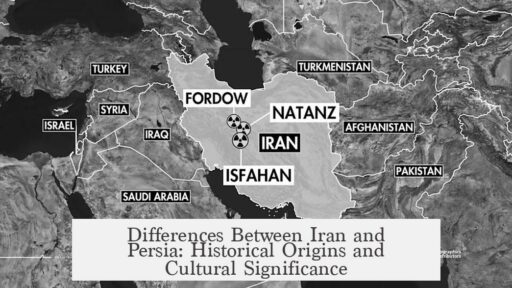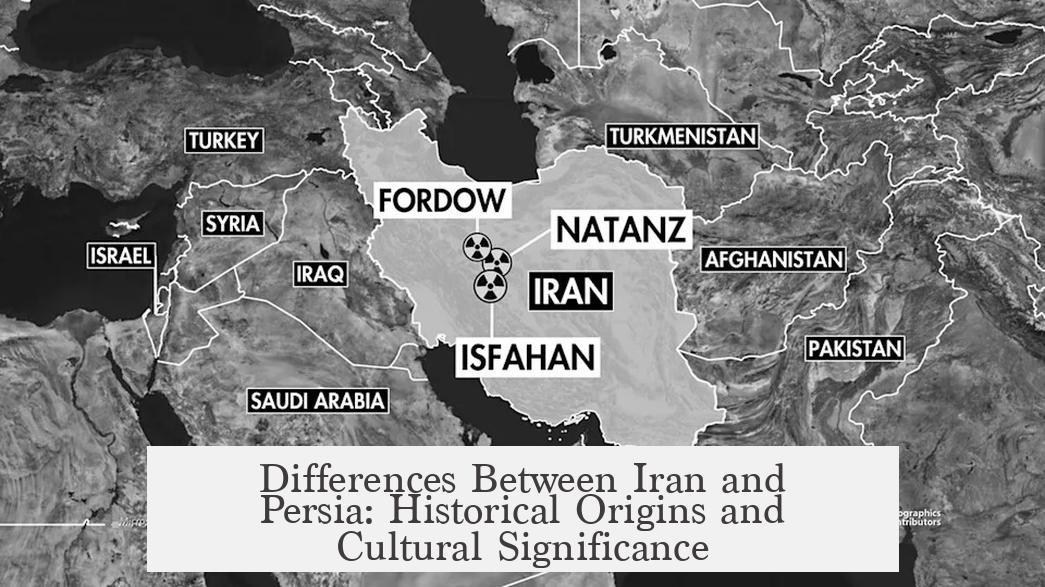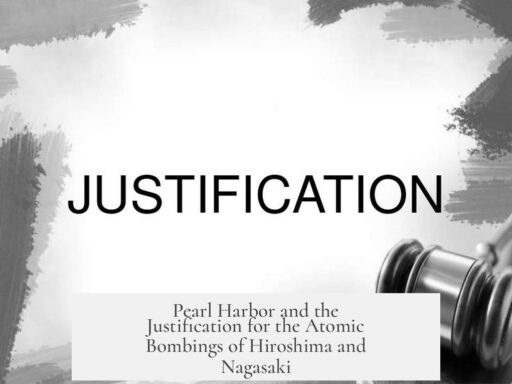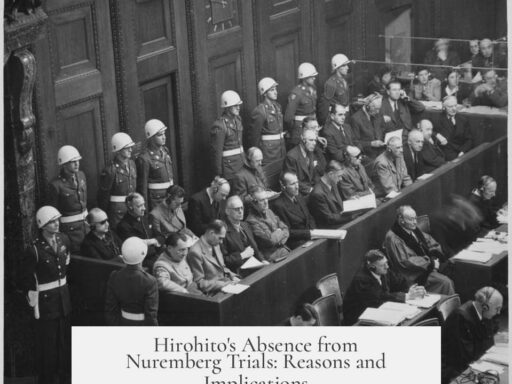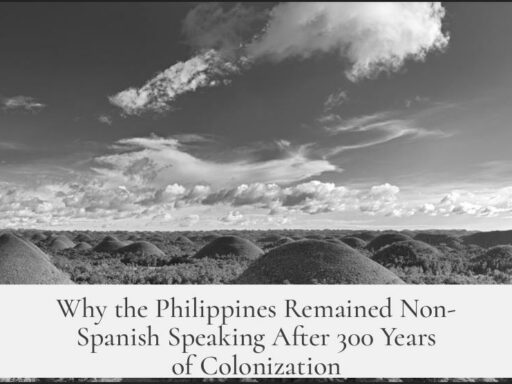The difference between Iran and Persia lies in their historical, geographic, and ethnolinguistic meanings. Persia originally referred to a specific province called Parsa within a larger empire. Iran refers broadly to the Iranian plateau and is associated with the Aryan (Iranian) ethno-linguistic group. These terms were distinct in ancient usage and only later came to be used interchangeably, causing common confusion.
Persia, known as Parsa in Old Persian, was initially a defined region within the Achaemenid Empire. The name referred specifically to this province and its people, not to the entire empire or modern-day country. Ancient Persian kings identified themselves as rulers of many lands rather than of a single nation-state. For example, inscriptions often list conquered territories individually rather than naming a unified realm. This reflects the empire’s nature as a coalition of diverse lands.
In contrast, the term Iran connects to a broader identity. It stems from the word “Aryan,” which the Achaemenids used to denote a wide ethnolinguistic group inhabiting the Iranian plateau and neighboring regions. While Persian meant belonging to the province of Parsa, Aryan referred to shared lineage and cultural identity across many groups. Kings would proclaim themselves as both Persians (provincial) and Aryans (ethnic), highlighting this distinction.
The use of these terms in ancient royal inscriptions underlines this difference. For instance, the DNa inscription spells out the king’s identity as a Persian from Parsa with Aryan ancestry. Similarly, the DPd inscription uniquely emphasizes protecting the Persians, the people of that specific province, rather than mentioning the entire empire. Such inscriptions show that Persia had a specific geographic and political significance separate from the empire’s broader expanse.
Understanding terms like “country,” “nation,” and “state” is crucial here. In Achaemenid times, words equivalent to “country” often meant “land” or “place” rather than a modern sovereign state. The Old Persian term dahyu was used for a territorial unit but did not imply a nation-state as understood today. Likewise, “nation” was used to mean ethnic groups or peoples rather than political entities. This semantic difference contributes to modern confusion about Iran and Persia.
Multiple languages were used in royal inscriptions, sometimes conveying different messages. For example, DPf focuses on building efforts while DPg enumerates the empire’s reach, highlighting Persia and Media by name but lumping other lands under a general term. This linguistic variation reflects the empire’s complex administrative outlook and indicates Persia’s special status yet distinct regional identity.
In modern times, “Persia” and “Iran” are often used interchangeably, but this is a later development. The country officially adopted “Iran” as its international name in 1935 to emphasize its ethnic unity and historical roots in the Aryan identity rather than the narrower provincial label of Persia. This change aimed to unify the nation under the broader cultural and geographic concept behind Iran, clarifying the distinction from its ancient provincial name.
When encountering references to “Persia” in historical texts, it is important to recall that it signifies a particular region with its own people and culture within a vast empire of lands. “Iran,” on the other hand, represents a larger, more inclusive identity reflecting the entire Iranian cultural and geographic sphere.
Below is a summary of the key differences:
| Aspect | Persia (Parsa) | Iran |
|---|---|---|
| Origin | Specific province within the Achaemenid Empire | Broader Iranian plateau and cultural identity |
| Meaning | Provincial name and people | Aryan or Iranian ethnolinguistic group |
| Empire Identification | One of many lands listed by rulers | Ethnic and cultural umbrella term including Persians |
| Historical Usage | Region emphasized in royal inscriptions for its protection | Used to signify unity of Iranian peoples |
| Modern Usage | Historical/Western name for Iran before 1935 | Official country name since 1935 |
Understanding the difference clarifies much historical and cultural discussion about this region. The roots of “Persia” and “Iran” reflect layers of ethnic, linguistic, and geographic identities rather than a single, simple naming choice.
- Persia originally names one province, not the entire empire or present-day country.
- Iran connects to a wider Iranian ethnolinguistic identity (Aryan) encompassing many peoples.
- Ancient inscriptions distinguish between Persian (provincial) and Aryan (ethnic) identities.
- The concept of “country” in ancient texts refers to regions or lands, not modern nation-states.
- The terms became conflated over time, but modern usage favors “Iran” as national identity.
Unpacking the Difference Between Iran and Persia: More Than Just a Name
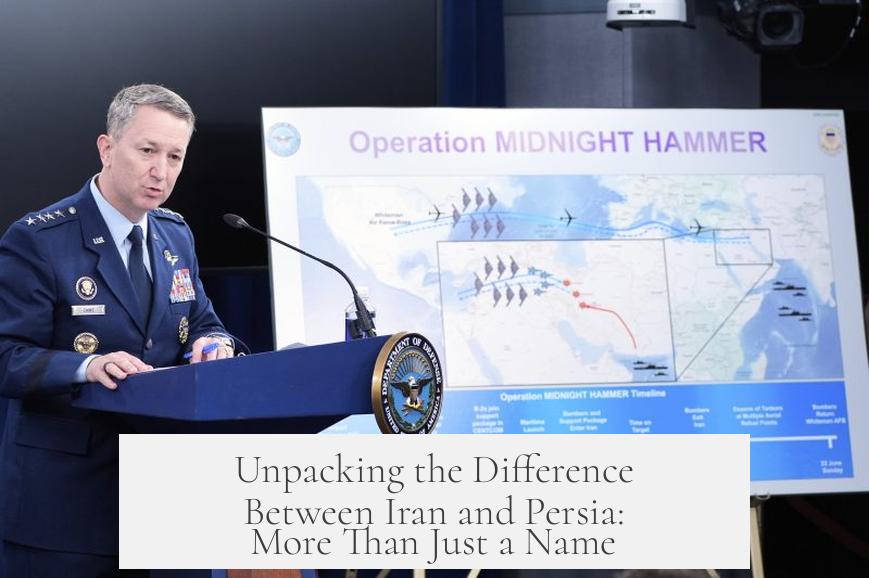
Ever wondered why we sometimes hear “Persia” and other times “Iran,” as if they’re twins constantly swapping places? Well, the difference between Iran and Persia is rooted deeply in history, geography, and identity—with Persia originally being just one province, and Iran representing a broader ethnolinguistic realm.
Sounds simple? Not so fast. Let’s take a journey back in time to untangle these terms, their origins, and why they matter today.
The Origins: Persia Was Just a Province
When you say “Persia,” ancient texts aren’t talking about the entire empire ruling from the banks of the Tigris to the Indus river. Nope. Persia, or Parsa, originally referred to a specific province within the vast Achaemenid Empire. Picture it as one shiny gem in a massive crown.
“Parsa”/Persia only refers to the specific province.
This means that calling the whole empire “Persia” is a bit like calling all the United States “California.” Technically wrong, but understandable if California is one’s favorite part.
Iran: More Than a Country, It’s an Identity
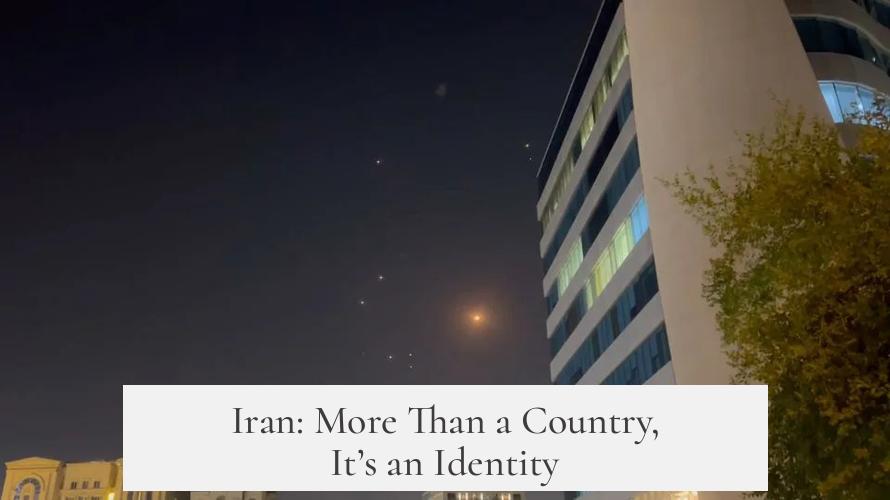
On the other hand, the term “Iran” connects to a larger ethnolinguistic family, the Aryans. The word “Aryan” here isn’t the pseudo-scientific nonsense you might have heard. It simply means “noble” or “free man” and historically refers to the group of people sharing language and culture across the Iranian plateau—stretching far beyond just the borders of ancient Persia.
The Achaemenids used phrases like, “I am [king’s name], an Achaemenid, a Persian, son of a Persian, an Aryan, having Aryan lineage.” Here, “Persian” points to being from that province, whereas “Aryan” tells us about broader ancestry and identity.
So think of “Iran” as the umbrella term for many lands and peoples—sort of like calling everyone from the British Isles “Celtic,” even though not all tribes are Celtic specifically.
Shedding Light From Ancient Inscriptions
Intriguingly, the Achaemenid kings never slapped a single name on their sprawling empire. Instead, inscriptions proudly list the myriad lands they controlled. It’s like having a fridge plastered with postcards from every conquered region versus a magnet saying “The Empire.”
The inscription DNa illustrates the distinction: “Persian” means relating to the province, while “Aryan” refers to the broader ethnic identity.
This clarity dissolves modern confusion where some think “Persia” and “Iran” were different periods or just fancy rebrandings.
Country, Nation, Land — A Semantic Maze
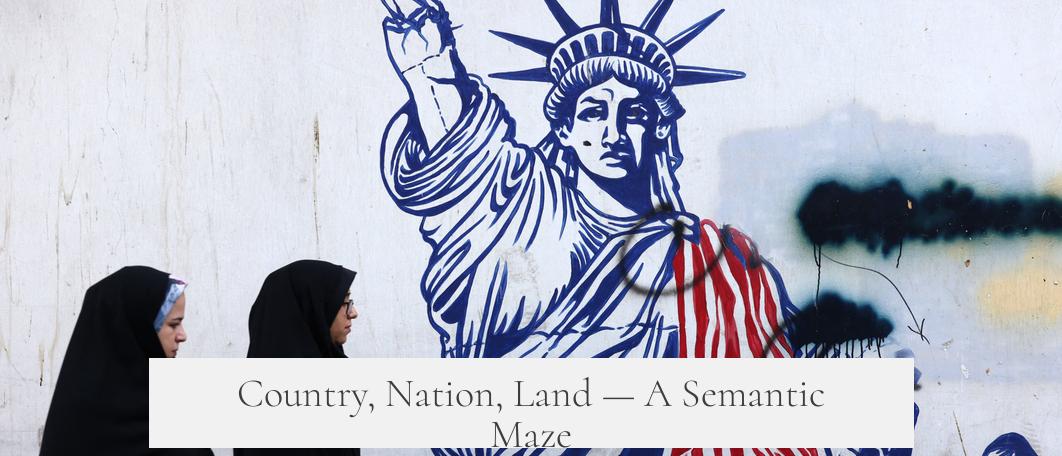
Now, the words we toss around today for “country,” “nation,” and “state” don’t always fit ancient molds. For the Achaemenids, dahyu meant “land or region,” not a fully sovereign nation-state as we conceive it today.
Remember the great “Gate of All Nations” at Persepolis, which welcomed emissaries from every corner of the empire? The term dahyum that ancient Persians used basically meant “lands,” not necessarily political units with strict borders and sovereignty.
Nation originally meant an ethnicity or people group. This is why the idea of a “nation-state” is so modern — it designates a state built around one nation, one people.
So, when ancient rulers spoke about their “lands,” they were describing a patchwork of peoples and places spread over vast distances, not a single unified country in today’s terms.
Royal Inscriptions Put Persia in the Spotlight
The royal inscriptions sometimes made a clear distinction between Persia and the empire. Take the DPd inscription where King Darius calls on people to protect Persia specifically. He says:
“I fear no one else, then protect the Persians. Because when the Persians are protected, their happiness will remain unbroken, and the favor of Ahuramazda will come down upon the royal house.”
Interesting, right? Persia is portrayed like a precious heart within the empire, vulnerable and needing safeguarding from famine, invasions, and deception. Meanwhile, other inscriptions address the empire’s full scope, listing other lands as “other dahyunam” — literally “other lands” beyond Persia and Media.
Different inscriptions had different messages. For example, DPf focuses on construction achievements, while DPg enumerates Persia and Media by name but reduces the rest of the empire to unnamed lands.
Modern Mix-Ups and Clarifications
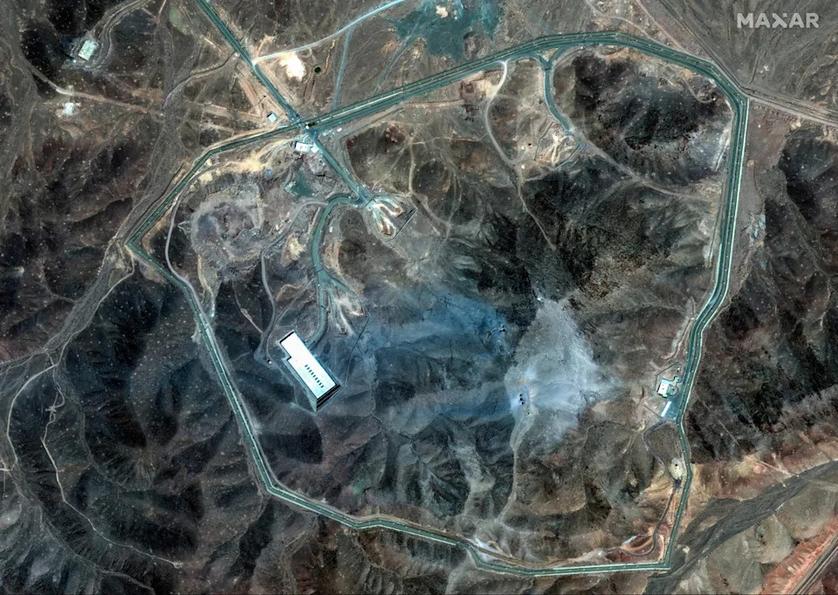
Fast forward to today, the world often uses “Persia” and “Iran” interchangeably. This can surprise or confuse historians and linguists who emphasize their distinct origins and meanings.
Translations of ancient texts tossing around the word “country” cause trouble because modern readers think of sovereign states. Yet back then, “country” was about lands or provinces.
For fans of deep dives, a recent Reddit answer by historian u/Trevor_Culley offers a nifty explanation of how “Iran” and “Persia” come from different roots but became linked over time.
Why Does This Matter?
You might wonder, “Why agonize over these subtle differences? Isn’t it just history’s way of splitting hairs?” Actually, understanding the difference clarifies cultural identity, political history, and how language shapes nations.
For instance, knowing that Persia was a province helps explain why not all cultures in modern Iran identify as Persian. It showcases Iran’s rich tapestry of ethnic groups like Kurds, Lurs, Azeris, and others, coexisting under one banner but distinct in heritage.
Also, for scholars, tourists, or anyone curious, distinguishing “Persia” and “Iran” can enhance appreciation of archaeological sites, literature, and art forms linked to each term’s unique history.
In Summary: Persia vs Iran
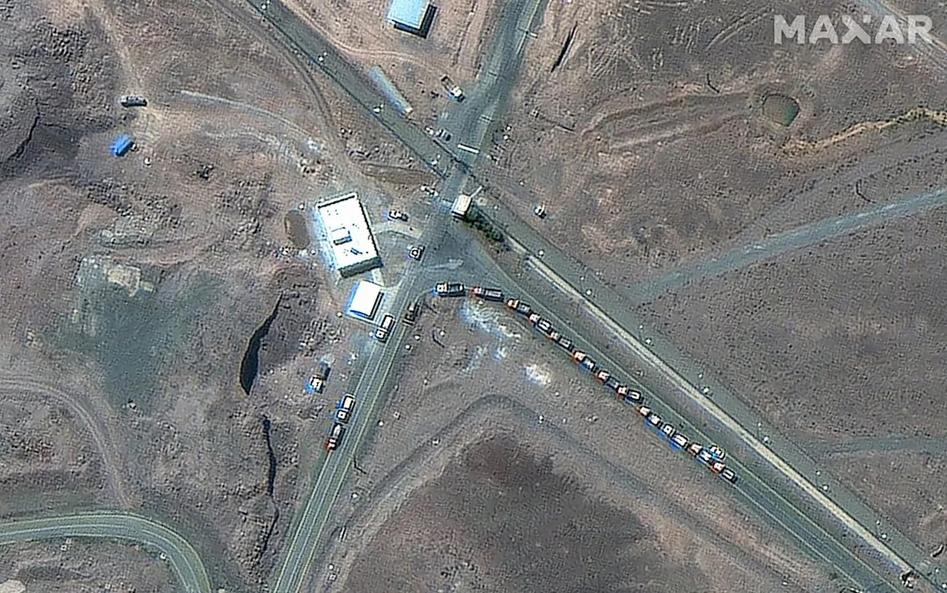
- Persia (Parsa): A specific ancient province and the heartland of the Achaemenid Empire, not the entire empire or modern-day Iran.
- Iran: Tied to the Aryan ethnolinguistic group, referring to broader lands across the Iranian plateau, embodying multiple peoples and cultures.
- The Achaemenid empire functioned more as a mosaic of lands and peoples rather than a unified state under one name.
- Ancient terms like country and nation had different meanings from today, often denoting territory or ethnicity rather than sovereign statehood.
- Royal inscriptions differentiate personal Persian identity from the wider Aryan ethnic identity.
- Modern usage blurs these distinct concepts, but historical records show a clear gap between what Persia and Iran meant in antiquity.
So What’s in a Name?
Plenty. Both “Iran” and “Persia” carry rich legacies. But to honor their true stories, recognizing Persia as a treasured province and Iran as the greater cultural and ethnic landscape reveals a nuanced, vibrant history worth celebrating.
The next time someone says, “I’m fascinated by Persian history,” you can nod, smile, and say, “Ah yes, the gem within the vast lands of ancient Iran.”
